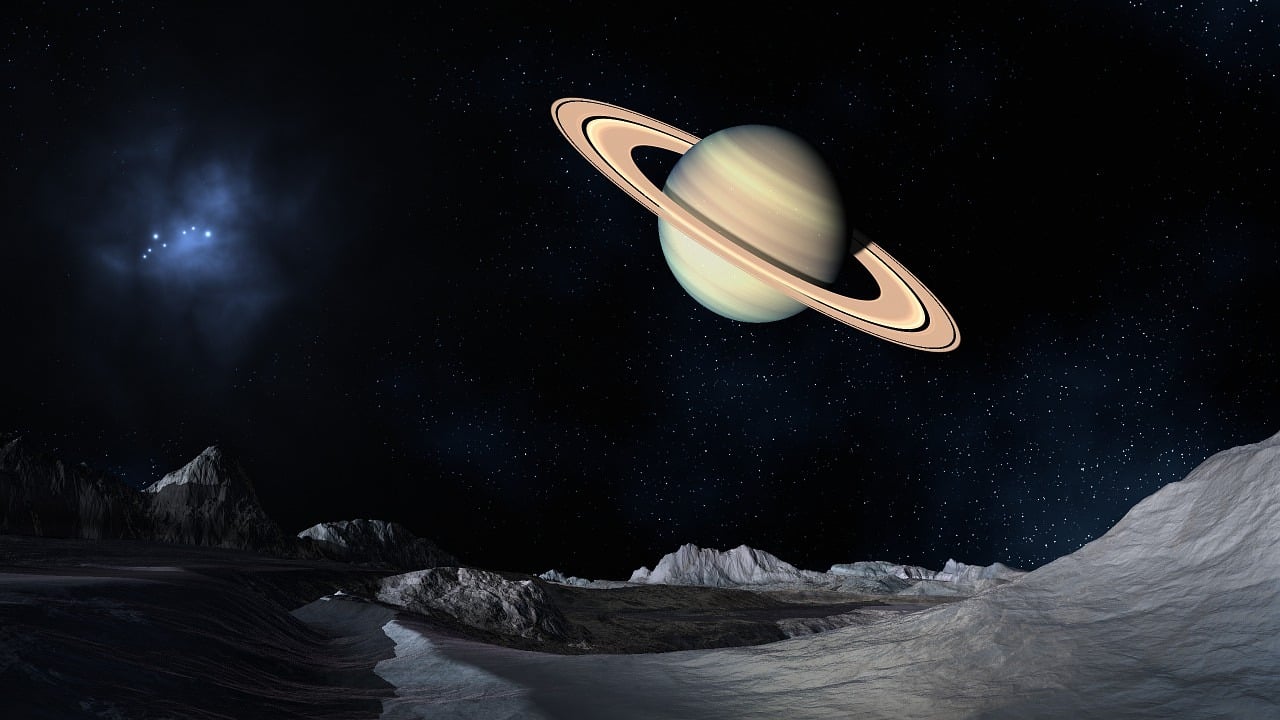The Webb Telescope Has Discovered The Most Distant Active Supermassive Black Hole
The James Webb Space Telescope (JWST) has discovered the most distant active supermassive black hole known today. The galaxy CEERS 1019, at the center of which is a black hole, formed just 570 million years after the Big Bang. The black hole itself is remarkable not only for its large distance from the solar system, but also for its mass of “only” 9 million solar masses – usually its peers weigh more than 1 billion solar masses, making them easier to detect.
The galaxy hosting the ancient black hole, CEERS 1019, formed relatively early, just 570 million years after the Big Bang. The active supermassive black hole at the center of CEERS 1019 is unusual not only for its age and distance, but also for the fact that its mass is only 9 million solar masses, that is, it is 9 million times heavier than the Sun. Typically, most supermassive black holes in the early universe are over 1 billion solar masses, making them brighter and easier to detect.
The relatively small size of the black hole at the center of CEERS 1019 is something of a mystery. According to a statement from the Space Telescope Science Institute in Baltimore, which manages JWST’s scientific operations, “it is still difficult to explain how it formed so soon after the universe began.” Astronomers have long suspected that smaller black holes must have formed at the dawn of the universe, but these observations are the first to show them in such detail.

The black hole in CEERS 1019 was identified thanks to data collected by “James Webb” as part of the Cosmic Evolution Early Release Science (CEERS) project, a research program designed to test and evaluate methods to “look” far into the history of the universe in the region between the constellations Big bear and Bootes.
In total, the James Webb telescope discovered 11 galaxies as part of the CEERS program, which formed between 470 and 675 million years after the Big Bang. The data obtained can tell a lot about the formation and evolution of stars and galaxies. It is assumed that the object in the center of CEERS 1019 will not remain a record holder for long – thanks to JWST, other candidates for this role have already been discovered, which are now being studied in more detail.




